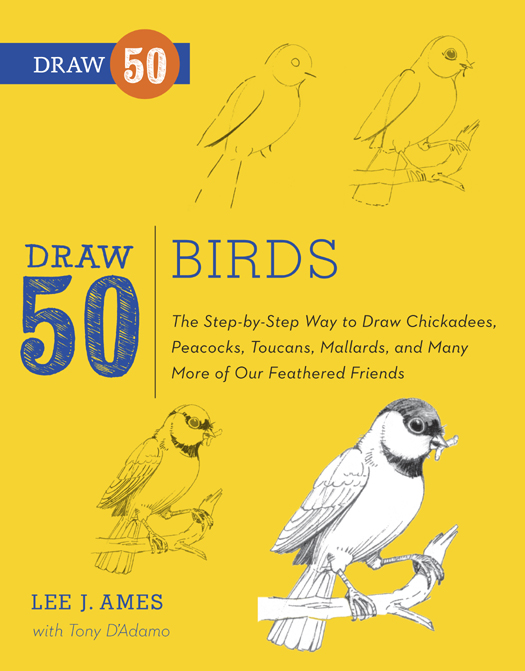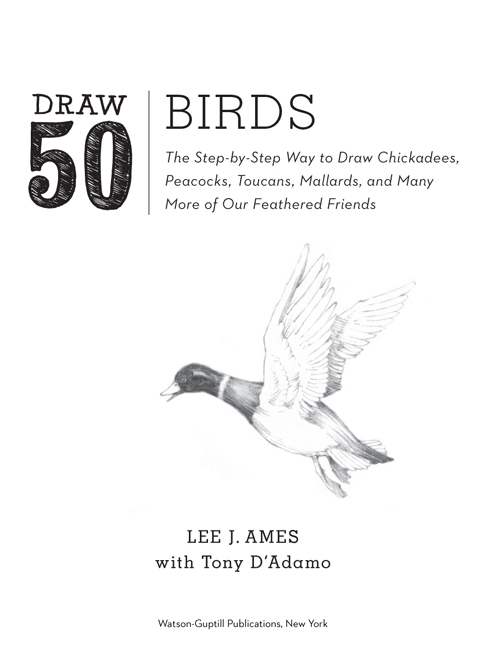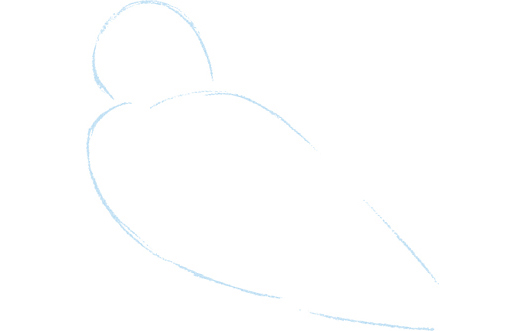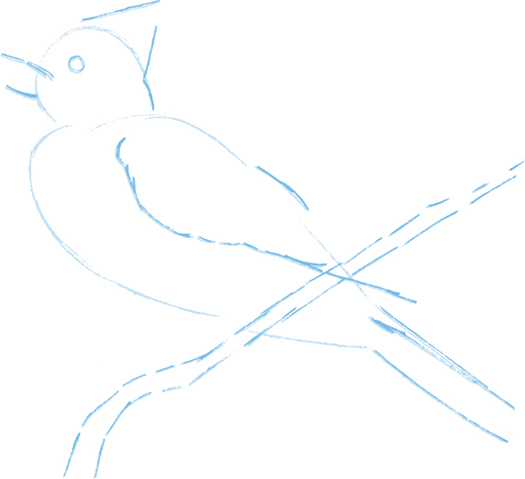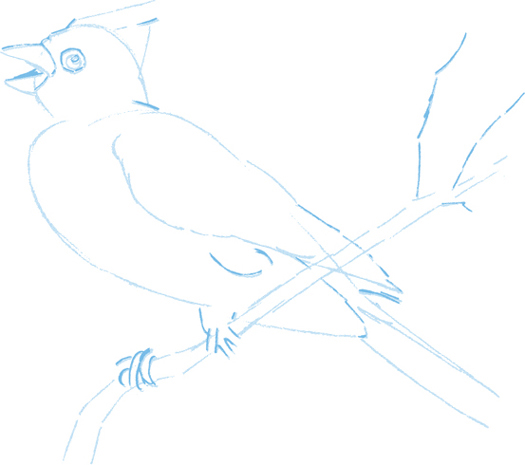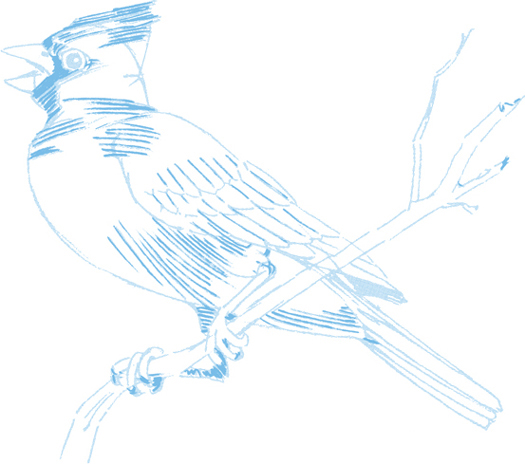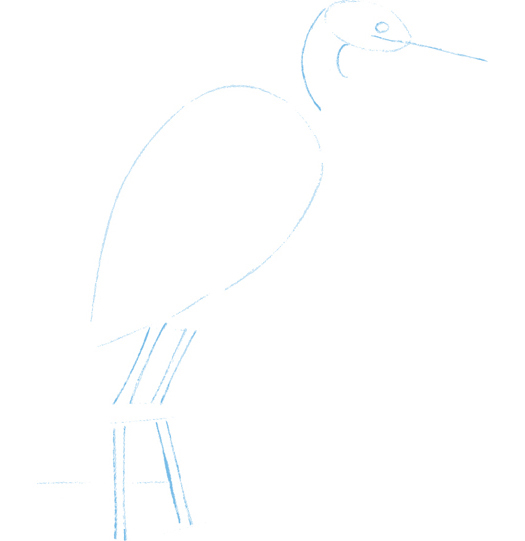BOOKS IN THIS SERIES
Draw 50 Airplanes, Aircraft, and Spacecraft
Draw 50 Aliens
Draw 50 Animal Toons
Draw 50 Animals
Draw 50 Athletes
Draw 50 Baby Animals
Draw 50 Beasties
Draw 50 Birds
Draw 50 Boats, Ships, Trucks, and Trains
Draw 50 Buildings and Other Structures
Draw 50 Cars, Trucks, and Motorcycles
Draw 50 Cats
Draw 50 Creepy Crawlies
Draw 50 Dinosaurs and Other Prehistoric Animals
Draw 50 Dogs
Draw 50 Endangered Animals
Draw 50 Famous Cartoons
Draw 50 Flowers, Trees, and Other Plants
Draw 50 Horses
Draw 50 Magical Creatures
Draw 50 Monsters
Draw 50 People
Draw 50 Princesses
Draw 50 Sharks, Whales, and Other Sea Creatures
Draw 50 Vehicles
Draw the Draw 50 Way
Copyright 1996 by Jocelyn S. Ames and Murray D. Zak
All rights reserved.
Published in the United States by Watson-Guptill Publications, an imprint of the Crown Publishing Group, a division of Random House, Inc., New York, in 2013.
www.crownpublishing.com
www.watsonguptill.com
WATSON-GUPTILL and the WG and Horse designs are registered trademarks of Random House, Inc.
Originally published in hardcover in the United States by Doubleday, a division of Random House Inc., New York, in 1996.
Library of Congress Cataloging-in-Publication Data
Ames. Lee J.
Draw 50 birds / Lee J. Ames with Tony DAdamo.
p. cm.
Main Street Books.
1. Birds in art. 2. DrawingTechnique I. DAdamo, Anthony.
II. Title.
NC782.A42 1996
743.68dc20 96-27621
CIP
eISBN: 978-0-8230-8599-6
v3.1
For the
genial and lovable
Muriel Z.
Contents
Authors Note
I have known, respected, and admired my friend Tony DAdamo for more than twenty years. We have often worked together. He is a wonderful artist, cartoonist, illustrator, and human being, and together we are fellow members of the Berndt Toast Gang, a major branch of the National Cartoonists Society.
Tony started his professional career as a comic book artist with Fiction House Publications and worked with that organization until he was called into the armed forces. After his period in the military, he freelanced as an artist for pulp magazines, illustrated about thirty childrens books, and created story boards, film strips, film slides, and advertising art.
For over fifteen years he was the staff illustrator for EDL, an educational book publishing company based in Huntington, New York. His drawings, accordingly, appeared in publications for grade school children and in high school and college-level books.
In January 1979, Tony joined the staff of a New York newspaper, Newsday, and his artwork has been appearing there and glorifying its pages ever since. This includes a regular panel cartoon feature he researches and illustrates that focuses on obscure laws and ordinances, entitled Laws Long Ago.
Tony and his wife and daughter make their home in Fort Salonga, Northport, on Long Island.
To the Reader
When you start working, use clean white bond paper or drawing paper and a pencil with moderately soft lead (HB or No. 2). Keep a kneaded eraser handy (available at art supply stores). Choose the bird you want to draw. Try to imagine the finished drawing on the drawing area. Then visualize the first steps so that the finished picture will nicely fill the pagenot too large, not too small. Now, very lightly and very carefully, sketch out the first step. (These first steps are indicated in color for clarity. You can use a colored pencil crayon here if you prefer or a regular pencil.) Next, very lightly and carefully, add the second step, the third step, and so on. As you go along, study not only the lines but the spaces between the lines. Remember, the first steps must be sketched with the greatest care. A mistake here could ruin your final drawing.
As you work, its a good idea, from time to time, to hold a mirror to your sketch. The image in the mirror frequently shows distortion you might not recognize otherwise.
In the book you will notice that the new step additions (in color) are printed darker so they can be clearly identified. But be sure to keep all of your construction steps very light. Heres where the kneaded eraser can be useful. You can lighten a pencil stroke that is too dark by pressing on it with the eraser.
When youve completed all the light steps, and when youre sure you have everything the way you want it, finish your drawing with firm, strong pencil strokes. If you like, you can go over this with India ink (applied with a fine brush or pen) or a permanent fine-tipped ballpoint pen or a felt-tipped marker. When thoroughly dry, you can then rub the kneaded eraser over the entire surface to clean out all the underlying pencil marks.
Remember, if your first attempts at drawing do not turn out the way youd like, its important to keep trying. Your efforts will eventually pay off and youll be pleased and surprised at what you can accomplish. I sincerely hope, as you follow our techniques, that your skills will improve. Following the way Tony and I work and then exercising your thinking tools can open the door to your own creativity. We hope you will enjoy drawing our feathered friends.
L EE J. A MES
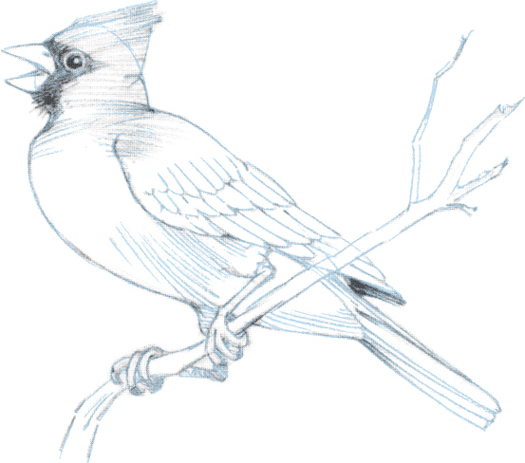
Cardinal
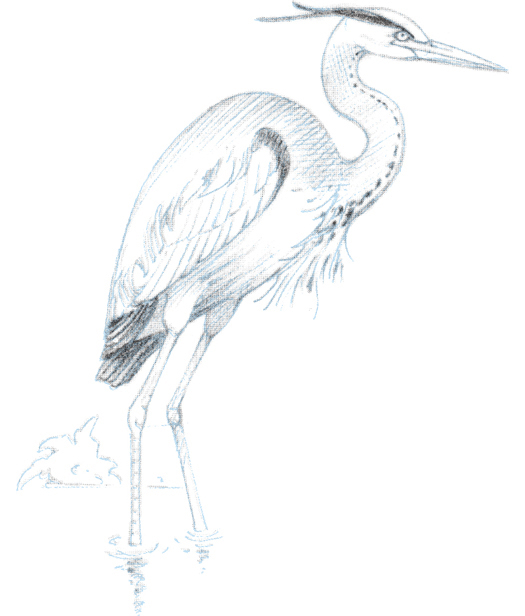
Great Blue Heron


